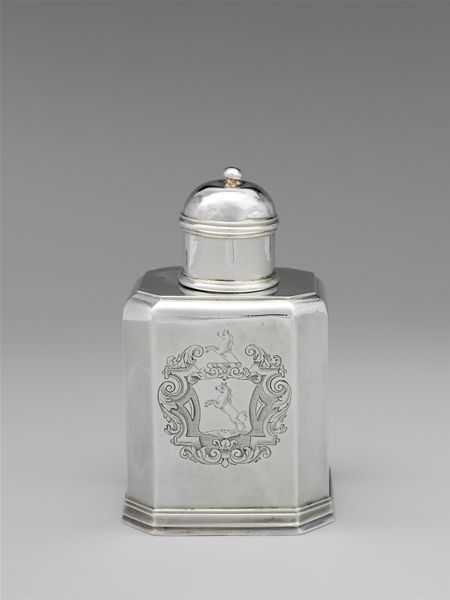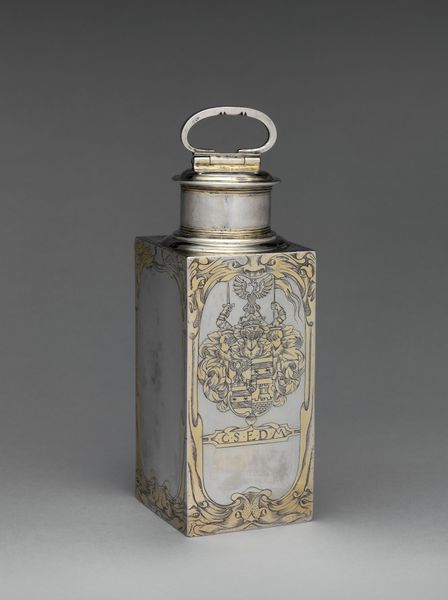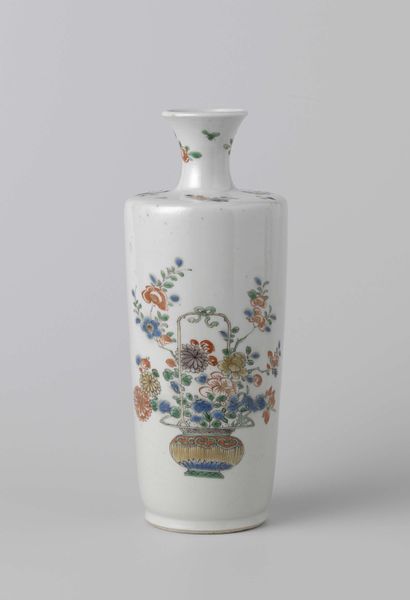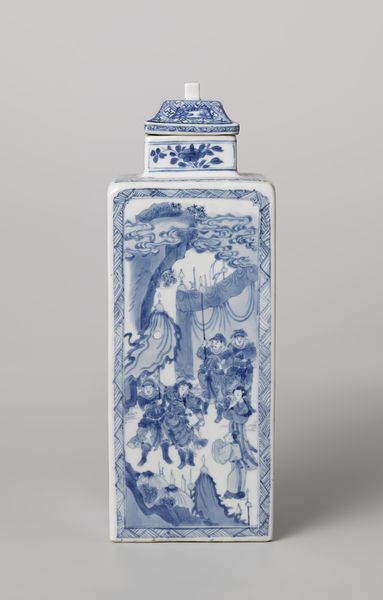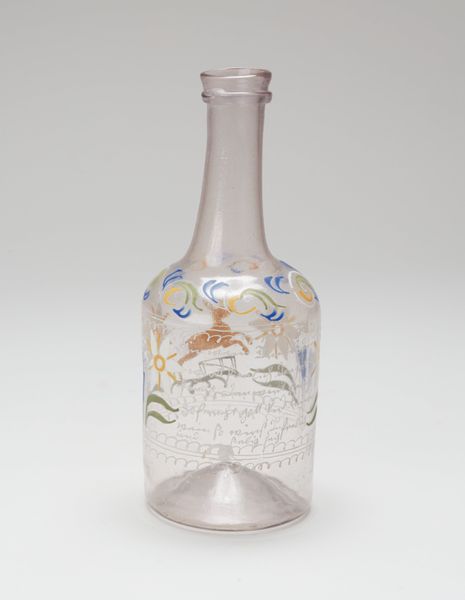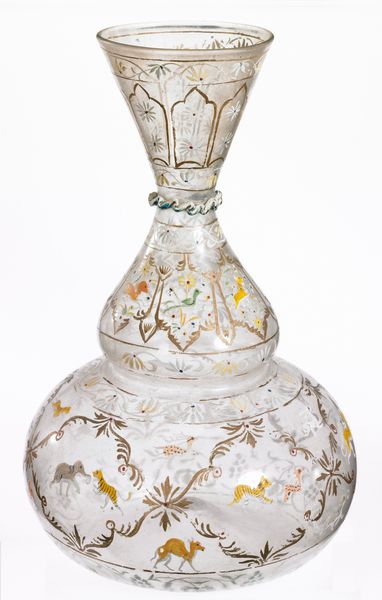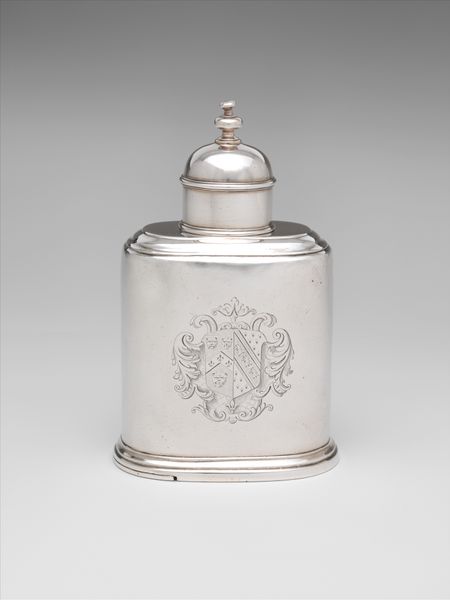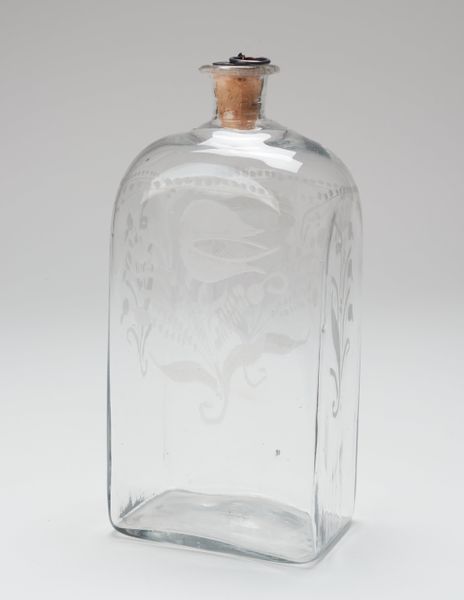
print, ceramic, porcelain
# print
#
ceramic
#
flower
#
porcelain
#
ceramic
#
decorative-art
#
rococo
Dimensions: H. 5 3/8 in. (13.7 cm.)
Copyright: Public Domain
Curator: Welcome. Before us, we have a charming tea caddy with cover, crafted by the Meissen Manufactory between 1730 and 1740. Editor: The eye is immediately drawn to the surface detail, the way the gold trim dances across the pure white porcelain. The overall form, gently faceted, creates a restrained elegance, doesn't it? Curator: Indeed. Meissen porcelain held tremendous social significance. Tea, becoming increasingly fashionable, represented status, and owning such a piece signaled refined taste and access to global trade networks. Editor: Precisely. The Rococo style decoration—the small scenes, flowers, and little flying creatures—adds a playful but contained energy to the piece. Tell me more about the imagery? Curator: The hand-painted scenes are derived from prints, reflecting Chinoiserie and European trade influence. One vignette shows figures engaged in commerce, subtly acknowledging tea’s origins and its journey to European markets. It embodies cultural exchange and colonial narratives. Editor: Observe how the palette, dominated by pastel shades and gold, supports a feeling of subtle wealth and sophistication. The artist demonstrates skillful compositional arrangement across the curved surface, making sure our eye wanders smoothly. Curator: Right, it also represented how powerful Europe’s rulers were by dominating trade globally. Having items like this tea caddy with imagery inspired by eastern society reinforced a sense of power in that owning or controlling something means having leverage in terms of economy and culture. Editor: There’s a curious balance. The caddy’s form projects stability while the artwork itself has motion due to the painted characters, animals and the way the artist applies line, tone and shading. The formal qualities are fascinating in how they project social meaning and aesthetic delight. Curator: Reflecting on it, this caddy is more than just a vessel for tea; it encapsulates a moment in history, where trade, art, and social aspiration converged in a single, exquisite object. Editor: Yes, an artwork with incredible details! It provides an interesting reflection of culture and luxury in design through the language of form, texture, and ornamentation.
Comments
No comments
Be the first to comment and join the conversation on the ultimate creative platform.

